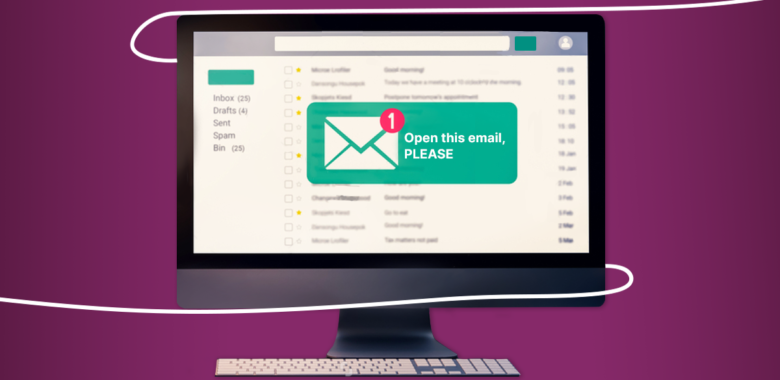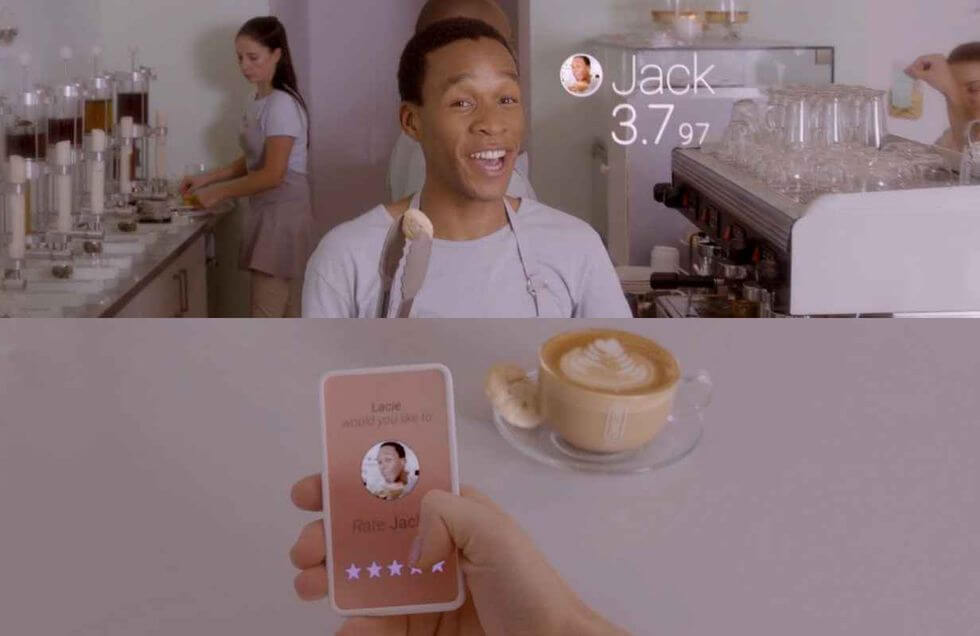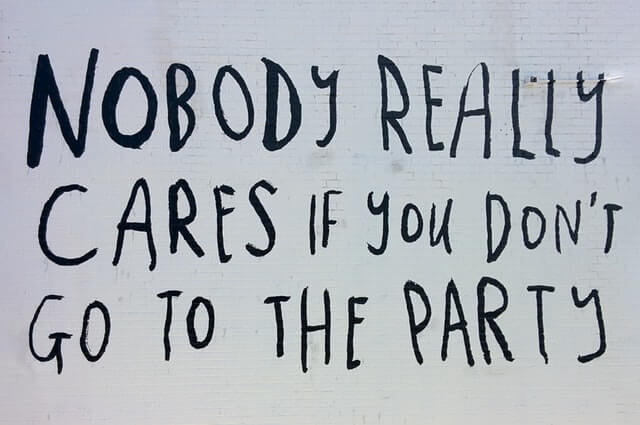The emotional Approach to Email Subject Lines. Examples and Best Practices
Apart from those apparent tricks like making it short and funny or not overusing emojis, let’s think of human qualities that make people curious…those aren’t always something we are proud of, but they work impeccably in sales.
Yes, we’re talking about vices.
Of course we would love to call to the virtues, but, honestly, who would choose a subject line saying “Be generous, donate 1$ to help the needy”? over “Make $1 mln. in a week”?
Today we will put under the microscope 7 human vices and weaknesses that can season your mailings, teach you how to write email subject lines that get opened, and turn your mailing campaigns into financial virtues.
Vanity and envy
There are plenty of marketing services that help generate a title for an email automatically, even though they don’t teach you how to write a good subject line for email marketing. As much as they may work, let’s face it, no one wants to be one among many receiving those faceless generic messages.
Dale Carnegie said, “A person’s name is to that person, the sweetest, most important sound in any language.” Based on this, it is logical to conclude that emails named “Hey, Ana!” would do magic. And many marketers use this tactic:



























